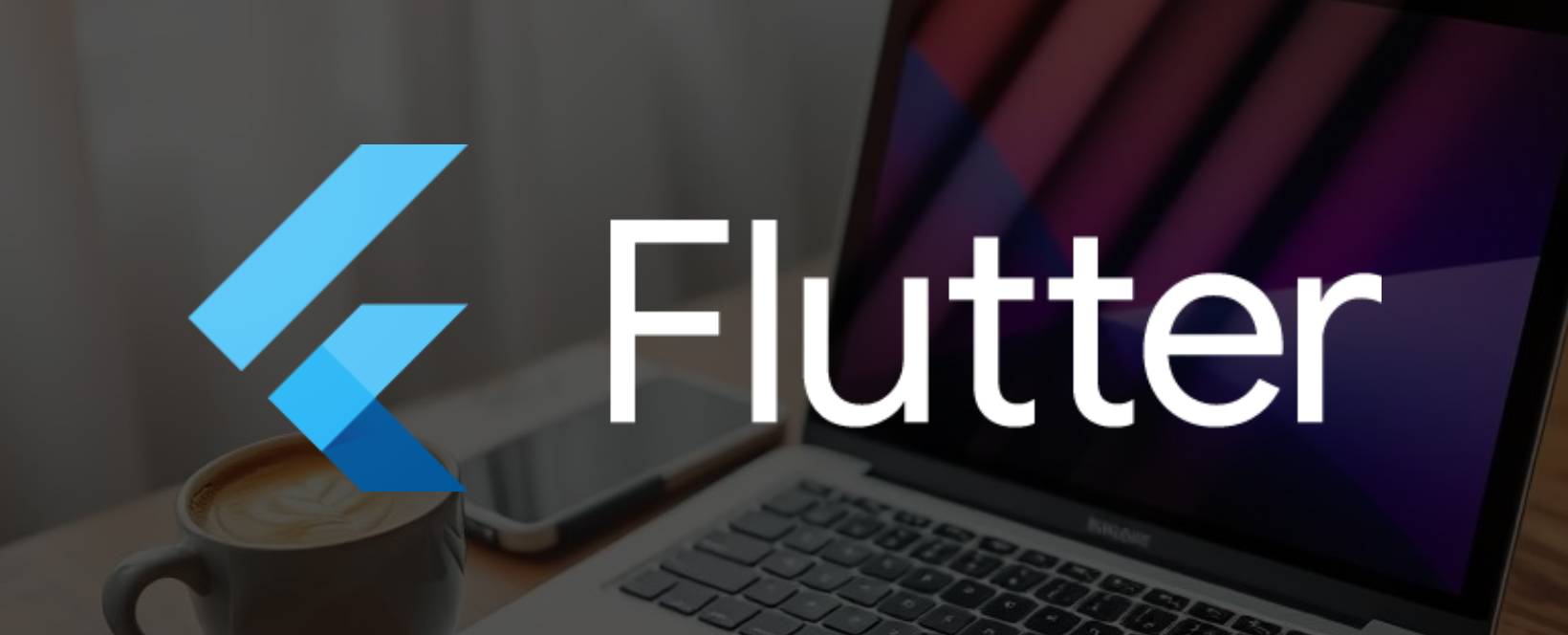
Pusher is a real-time communication service that allows Flutter applications to receive and send updates instantly. In this article, we will explore a reusable Pusher service skeleton in Flutter that facilitates channel subscriptions, event bindings, and efficient resource management.
This service ensures that channels are managed correctly using reference counting, preventing unnecessary subscriptions and allowing clean disconnections when they are no longer needed.
im using pusher_client_fixed for this tutorial
Singleton Pattern for Service Management
The PusherService class follows the singleton pattern, ensuring only one instance exists throughout the application lifecycle.
class PusherService {
static final PusherService _instance = PusherService._internal();
PusherClient? pusher;
final Map<String, Channel> channels = {};
final Map<String, int> channelRefCount = {};
bool isInitialized = false;
factory PusherService() => _instance;
PusherService._internal();
}
This pattern provides a global access point for Pusher functionality and ensures efficient resource management.
Initializing Pusher
The initializePusher function initializes the Pusher client with authentication tokens.
void initializePusher(String idToken, String chatToken) {
if (!isInitialized) {
pusher = PusherClient(
'app-key',
PusherOptions(
host: host_pusher,
wsPort: 6001,
encrypted: false,
auth: PusherAuth(
"${baseUrl}broadcasting/auth",
headers: {
'Authorization': "Bearer ${idToken}.${chatToken}",
},
),
),
autoConnect: true,
);
pusher?.onConnectionStateChange((state) {
print("Connection state chat changed to: ${state!.currentState}");
});
pusher?.onConnectionError((error) {
print("Connection error: ${error!.message}");
});
pusher?.connect();
isInitialized = true;
}
}
This method ensures that Pusher is initialized only once, avoiding unnecessary connections.
Subscribing to Channels
void subscribeToChannel(String channelName) {
if (pusher == null) {
throw Exception(
'PusherClient is not initialized. Call initializePusher first.');
}
// Increment reference count
channelRefCount[channelName] = (channelRefCount[channelName] ?? 0) + 1;
// Check if already subscribed
if (channels.containsKey(channelName)) {
print('Already subscribed to channel: $channelName');
return;
}
// Subscribe and store the channel
final newChannel = pusher!.subscribe(channelName);
channels[channelName] = newChannel;
print('Subscribed to channel: $channelName');
}
This method ensures that multiple parts of the app can subscribe to the same channel without creating duplicate subscriptions.
Binding Events to Channels
void bindEvent(
String channelName, String eventName, Function(dynamic) callback) {
final channel = channels[channelName];
if (channel == null) {
throw Exception(
'Channel $channelName is not subscribed. Call subscribeToChannel first.');
}
debugPrint("binded channelName: $channelName to eventName: $eventName");
channel.bind(eventName, callback);
}
void unbindEvent(String channelName, String eventName) {
final channel = channels[channelName];
if (channel != null) {
channel.unbind(eventName);
}
}
This method allows event handling for a specific channel by binding an event listener to it. You should call unbindEvent when the event is no longer needed, such as when leaving a page.
Unsubscribing and Disconnecting
void unsubscribeFromChannel(String channelName) {
if (pusher == null || !channels.containsKey(channelName)) {
return;
}
// Decrement reference count
if (channelRefCount.containsKey(channelName)) {
channelRefCount[channelName] = channelRefCount[channelName]! - 1;
// Only unsubscribe if no references remain
if (channelRefCount[channelName]! <= 0) {
pusher!.unsubscribe(channelName);
channels.remove(channelName);
channelRefCount.remove(channelName);
print('Unsubscribed from channel: $channelName');
}
}
}
void disconnect() {
if (pusher != null) {
for (var channelName in channels.keys) {
pusher!.unsubscribe(channelName);
}
channels.clear();
channelRefCount.clear();
pusher!.disconnect();
pusher = null;
isInitialized = false;
print('Pusher disconnected and all channels unsubscribed.');
}
}
The unsubscribeFromChannel method ensures that channels are unsubscribed only when all references to them are removed. The disconnect method completely cleans up Pusher resources when the service is no longer needed.
Full Source Code
Conclusion
This Pusher service skeleton provides a structured way to handle real-time communication in Flutter applications. By implementing a singleton pattern, reference counting, and event binding, it ensures efficient resource utilization while making it easy to manage subscriptions. This approach is ideal for applications that require real-time updates, such as chat applications, notifications, or live collaboration tools.
Would you like to extend this functionality with additional features like automatic reconnection or background service support? Let me know in the comments!
